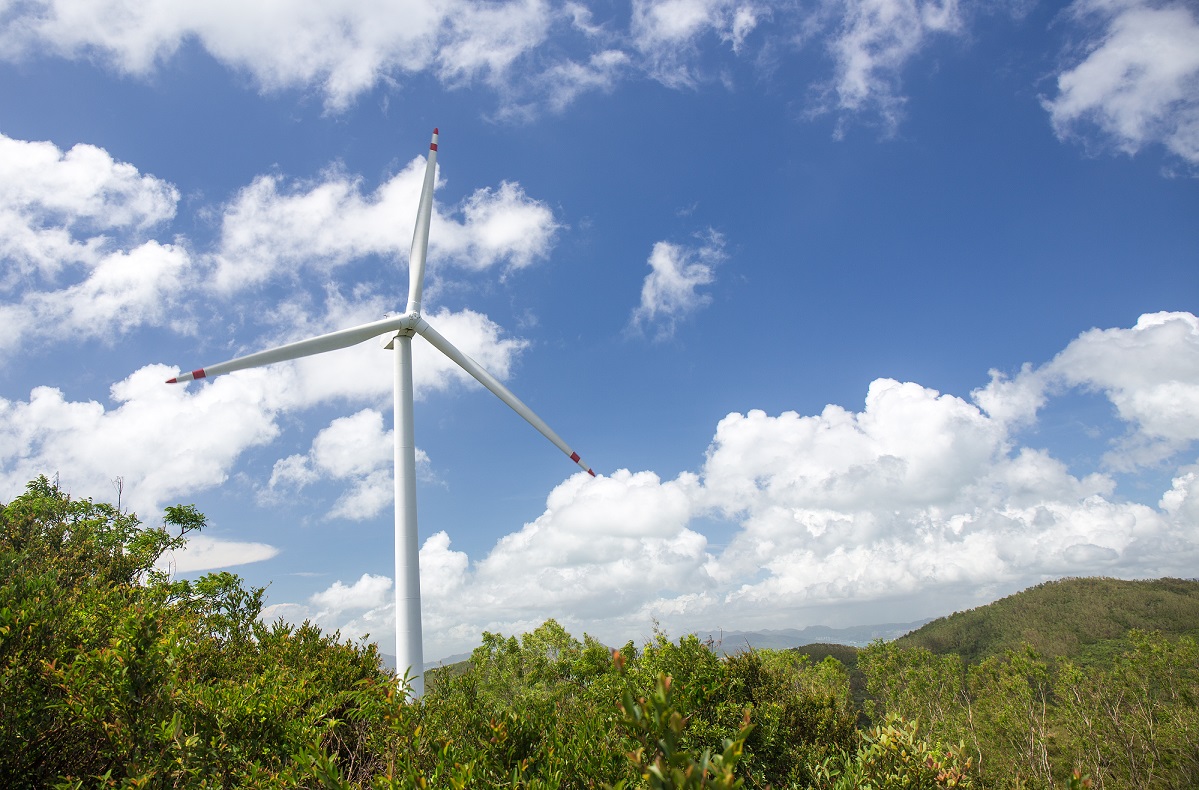With the ecological damage and continuous extreme weather witnessed over recent decades, many countries have tremendous effort into exploring various types of renewable applications for combating climate change. Having considered Hong Kong’s natural constraints and geographical limitations, solar energy, wind energy and waste-to-energy (WTE) have become the most potential and suitable renewable energy (RE) applications. In 2017, the government set the target of about 3-4% of additional RE sources by 2030 under the “Hong Kong’s Climate Action Plan 2030+” published by the Environment Bureau.
Along the development of advanced technology and strategic support for renewable applications, the power companies shoulder their environmental responsibilities in pursuing a low-carbon society. In addition to the long-term decarbonisation strategy for future carbon reduction direction in terms of supply reliability, generation efficiency and fuel sources, the power companies have also launched the Feed-in Tariff (FiT) scheme for promoting RE applications and encouraging the private sector to generate and sell its own electricity to the power companies through individual grid-connected solar or wind energy systems.

In this scheme, the number of renewable applications keeps rapidly rising. The applicants come from a variety of sectors, including business and industrial sectors, schools, urban households and village houses.
With this attractive FiT rate for offsetting the capital product and installation cost, it has created a huge market demand for grid-connected renewable energy power systems (REPS). Essentially, there are a number of factors for the applicants to consider when installing the REPS, such as selection of installation site, building requirement, material and equipment selection, electrical connection, safety procedures, operation and maintenance requirements and so on.
It is pivotal to assess the solar radiation before justifying any solar PV project as the amount of radiation, which significantly affects the power output, is primarily affected by factors like installation location, orientation of PV panels, and existence of any structure that causes shading from dawn to dusk. For the installation location, applicants shall comply with the regulation of land use, and relevant lease or tenancy conditions. When the system is installed in buildings, applicant shall observe relevant building regulations and may seek consent from the government authority before work commencement.
After receiving FiT applications from customers, power companies have to assess the existing electricity network to determine if the capacity of proposed RE system can safely and reliably operate under the related network. The two power companies have specified their own grid connection and metering standards for different capacity of REPS. Moreover, all RE applications must fulfill specific technical and safety requirements under Electricity Ordinance Cap. 406. Besides, the schematic diagram, safety considerations and standards of materials have to be complied with the “Technical Guidelines on Grid Connection of Renewable Energy Power Systems” and “Guidance Notes for Solar Photovoltaic (PV) System Installation” published by the Electrical and Mechanical Services Department (EMSD) in 2016 and 2019 respectively.

After successfully commissioning of REPS, the owner should arrange regular inspections and routine maintenance to assure their system can achieve the designed generation capacity. For example, dust or dirt on the surface of the solar PV panels could reduce the amount of electricity generated. Owner can perform simple cleaning work on a regular basis. For large scale PV systems, owners may consider adopting online technology which can monitor the performance of multiple inverters and identify the deviation of its performance. For example, abnormal output at a particular time, of a particular inverter by comparing one another and notify users the details of deviations.
Apart from supporting renewable energy development via building RE system, the two power companies have developed Renewable Energy Certificates (RECs) for purchase by their customers as each REC represents the electricity produced from local RE sources either purchased or generated by the power companies, including solar energy, wind energy and landfill gas projects.
Since 2016, the Paris Agreement has set the goal to keep the increase in global average temperature to well below 2°C above pre-industrial levels. Recently, the Intergovernmental Panel on Climate Change (IPCC) suggested that further limiting the temperature rise to 1.5°C or below would require decreasing net emissions by around 45% by 2030 and reaching net zero carbon emission by 2050. To achieve long-term decarbonisation, we need the participation of all sectors in the society to bring Hong Kong clearer and bluer skies.
Written by Ir Dr Anthony Lo from the Building Services Division of the HKIE






